How to Identify a Good Weld vs Bad Weld (with Pictures)
Last Updated on
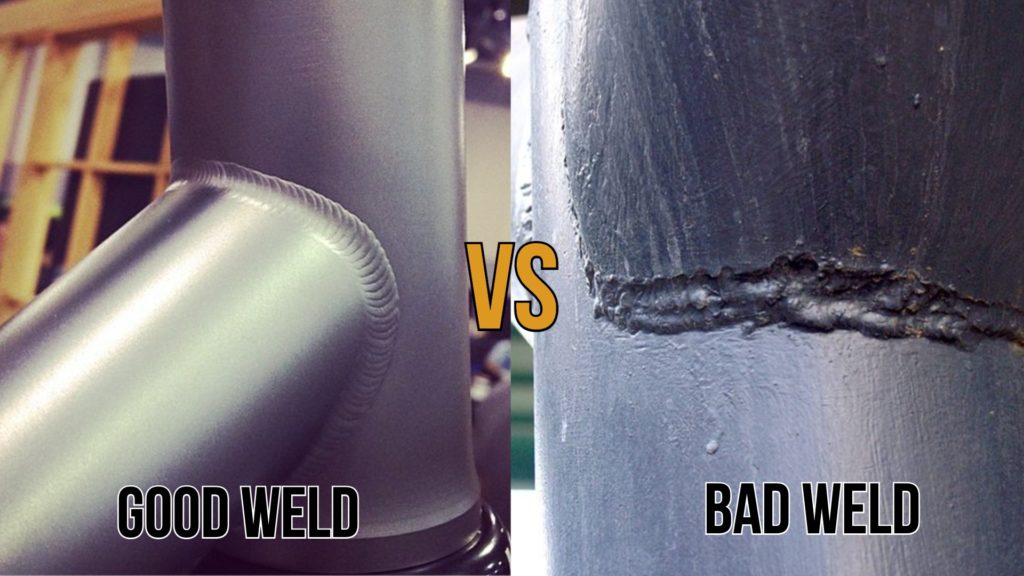
So much of our modern world relies on welding. From skyscrapers to ships to automobiles, many of the things we rely on are built from metal. Welding is needed to build almost anything from metal, making it one of our most important construction processes.
Welding is a skill that’s open to everyone. You can find a cheap welder for a small investment and start learning to weld on your own using the internet as a guide. But once you start making welds of your own, it can be difficult to gauge their quality. So, in this article, we’re going to take a look at the different types of welding processes you might be using and how to tell a good weld from a bad weld in each.
Common Factors of a Good Weld vs Bad Weld
Different welding processes produce a wide range of welds. With such variety in the welds, there aren’t hard and fast rules for telling apart good and bad welds across the board. Instead, we’ll have to look at each type of welding individually. Still, there are two major things that we’re looking for when deciphering a good weld vs bad weld, regardless of what process was used to create it. For all welds, we’re looking for quality and strength. These two are interlocking, in that a low-quality weld will also be low strength.
Obviously, a low-strength weld isn’t going to be secure enough to hold the metal pieces together. Just imagine this issue on the welds of a trailer. The whole thing could come apart while being pulled down the freeway, creating a dangerous hazard and an expensive mess.
Stick Welding
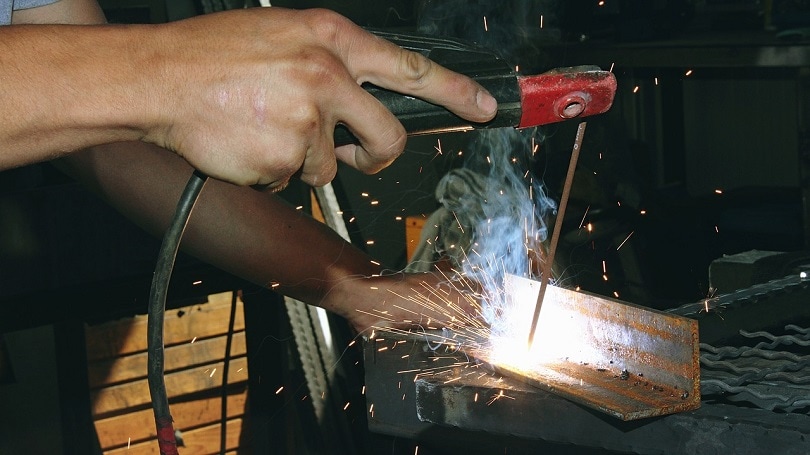
Stick welding is one of the easiest types of welding to learn. It’s versatile enough to work with a range of materials, including alloy steel, carbon steel, stainless steel, iron, nickel, copper, and even aluminum. Stick welding is also known as shielded metal arc welding (SMAW), flux shielded arc welding, and manual metal arc welding (MMA).
It is simple to determine a good weld vs bad weld. A good stick weld will be straight and uniform. The thickness won’t change drastically and there won’t be drops of spatter. There are no holes, breaks, or cracks in the bead.
You can tell a stick weld is sub-par if there’s visible spatter, cracking, undercutting, breaks in the bead, or an inconsistent bead width.
- Straight and uniform
- Consistent thickness
- No spatter drops
- No holes, breaks or cracks in the bead
- Visible spatter
- Cracking, undercutting or breaks in the bead
- Bead width inconsistent
TIG Welding
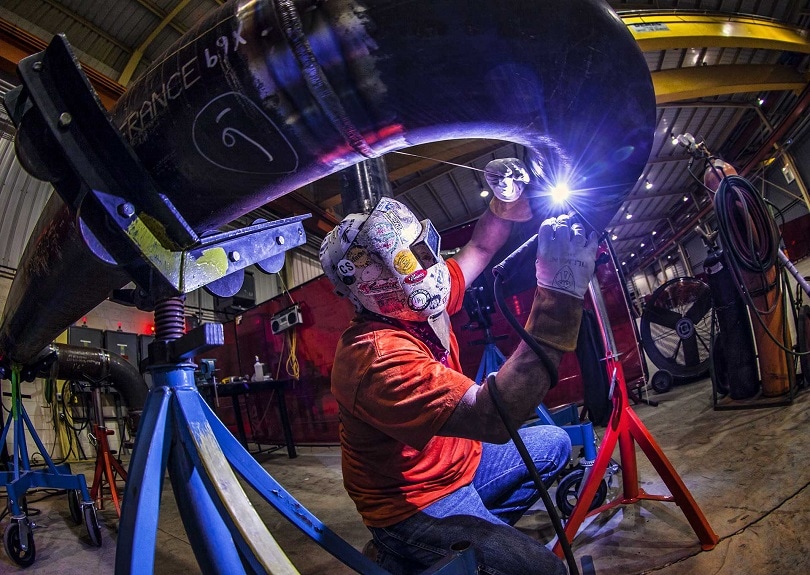
TIG stands for tungsten inert gas welding. It’s a harder type of welding than stick or MIG welding and requires considerably more skill to produce quality welds. This type of welding is used on many types of metals, even two different types simultaneously, including aluminum, stainless steel, copper alloys, and magnesium. With proficient skill, TIG welds can be made very cleanly. But if you lack skill, it will show in your TIG welds.
A clean TIG weld will be one of the prettiest welds you’ll see. It will consist of many tiny welds neatly layered on top of each other, creating a sort of pattern in the weld. There shouldn’t be any slag or burnout.
If you see a flat bead that’s very wide and has no distinct pattern to it, then it’s not a quality TIG weld. You want to clearly see that pattern of overlaid welds with no erratic beads that seem to step out of line. Signs of burnout indicate a poor weld as well.
- Tiny welds neatly layered
- Patterned
- Visually appealing
- No slag or burnout
- Wide with no distinct pattern
- Erratic beads
- Signs of burnout
MIG Welding
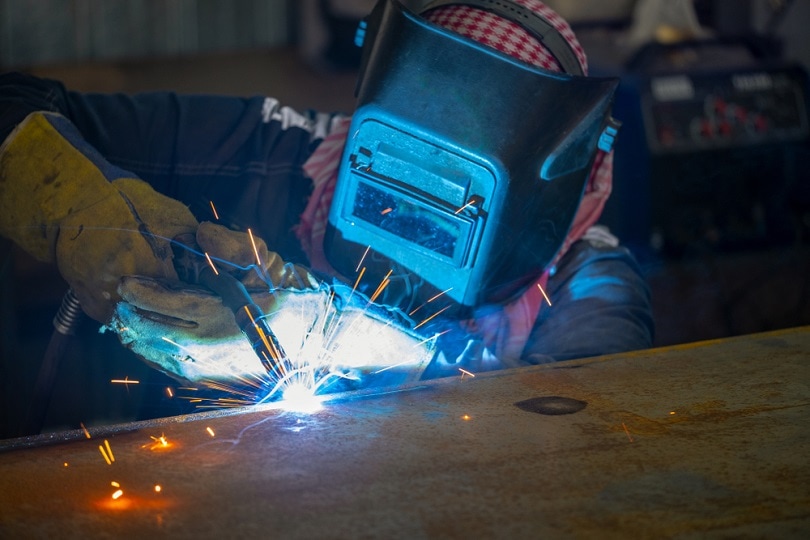
This is the welding process you’re most likely to be using at home since it’s the most common type of welding and is often considered to be the easiest. MIG stands for metal inert gas, and it’s where the welding gun feeds a wire electrode that also acts as the filler material to join two metal pieces. It’s used on many thin types of metals, such as stainless steel, mild steel, and aluminum.
A good weld is easy to distinguish. It will be straight and uniform with no slag, cracking, or holes. There will be no breaks in the weld. It shouldn’t be too thin and there should be no dips or craters in the bead. Unlike a TIG weld, there is no pattern in a MIG weld. The weld is as smooth as possible.
If you see cracking along the weld, it’s a sign of a poor MIG weld. Any lack of uniformity or dips that cause the bead to lack straightness are bad signs as well. Also, if the bead is too thin it will lack proper strength.
- Straight and uniform
- No slag, cracking or holes
- No dips or craters in the bead
- Smooth with no pattern
- Cracking along the weld
- Lack of uniformity and straightness
- Thin bead
- Lacks strength
Oxy Welding
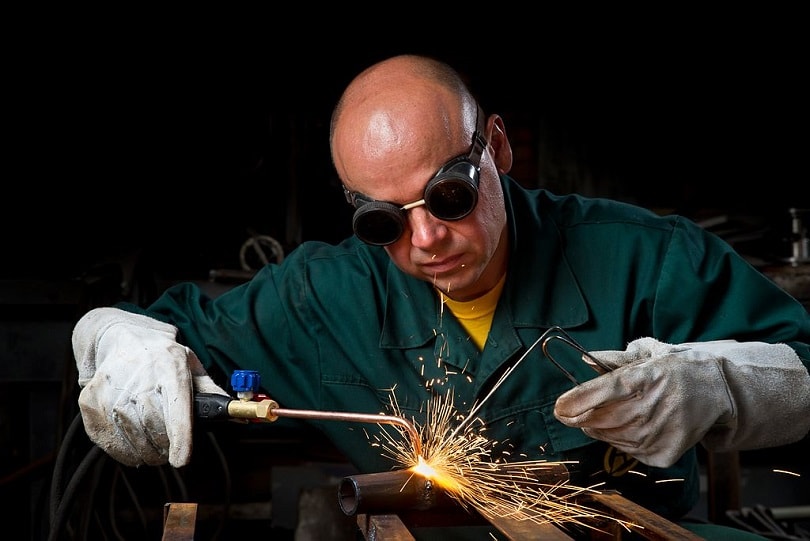
Oxy welding, or gas welding, is not as commonly used today. It’s mainly used for maintenance and metal cutting, though it’s also used for welding delicate aluminum parts or brazing soft metals like bronze and copper. So, find out the difference between a good weld vs bad weld might be a bit tougher.
Signs of a good oxyacetylene weld include a uniform bead with no holes or globules of melted metal.
A poor-quality oxy weld will have holes and lack uniformity. You’ll also find insufficient penetration of the workpieces. Additionally, there could be large globs of melted metal on and around the weld.
- Uniform bead
- No holes or globules of melted metal
- Holes
- Lacks uniformity
- Insufficient penetration of workpieces
- Large globs of melted metal around weld
Conclusion
Welding is one of our most vital construction processes today. It’s a useful skill for any professional or DIYer that will allow you to build just about anything you want from metal. Of course, there’s a lot to learn, including the various differences between different welding processes and welding different types of metals. But at least now you’ll be able to tell if you’re looking at a good weld vs a bad weld and accurately gauge your own work and progress.
